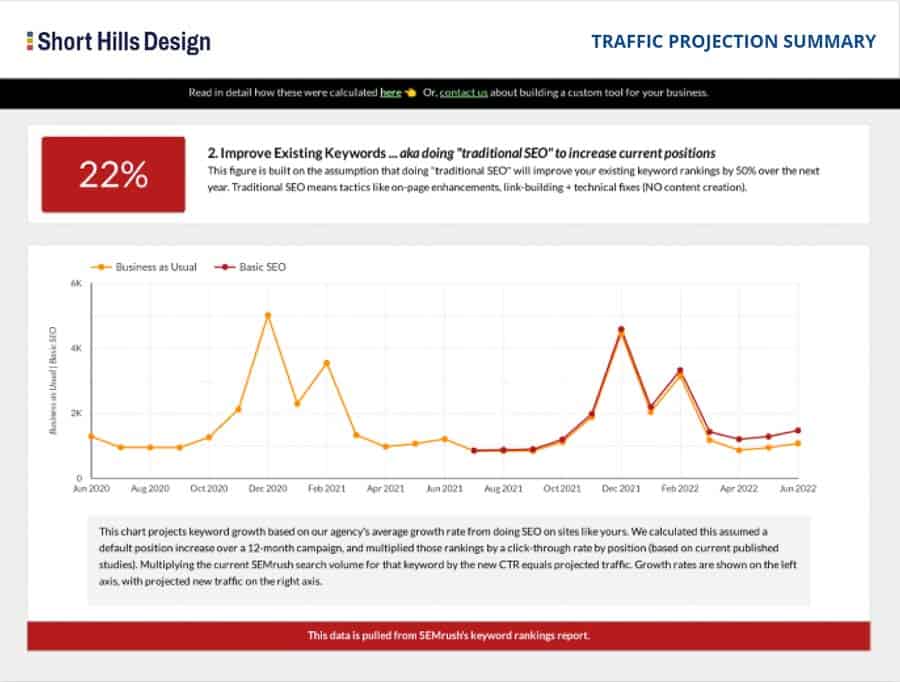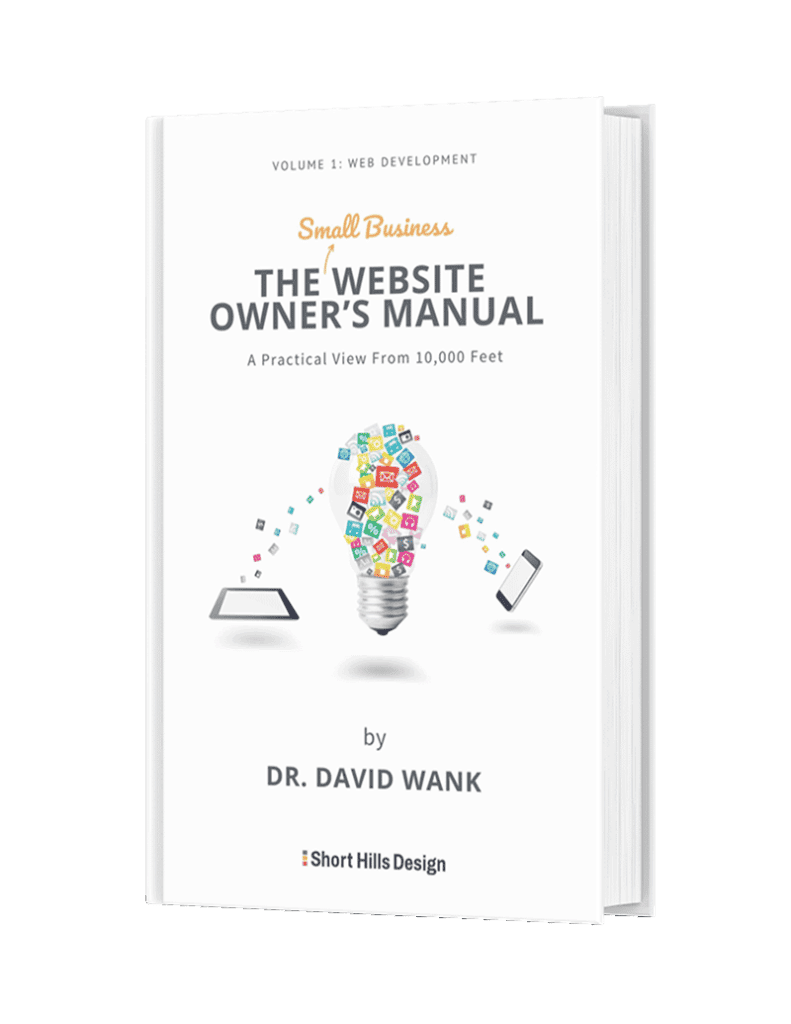WordPress is designed to be easy to use so you can get things done on your website quickly and easily. However, this flexibility opens the door to some pitfalls, and in the article below we'll talk about 5 of them.
- Don't upload very large images. Images are great for making plain content more engaging, and you need to make sure that the images you upload are small enough to load quickly, but large enough to still look sharp. As a general rule of thumb, keep images for your content at around 50kb-70kb in size as this size often is a good balance of the above two factors. From a practical perspective, if you purchase a stock image from a service such as istockphoto.com or depositphoto.com you are going to download a file that will like be very large (megabytes). You can use software such as Lightroom or Photoshop to reduce the image sizes, or web-based services such as Adobe's free image resizing tool.
- Minimize the number of plugins you use. WordPress makes it easy to expand functionality with software add-ons called plugins, and it's important to keep only the plugins that you need and to remove plugins you don't need. The reason for this approach is that too many plugins can slow down your website, cause unexpected behavior if plugin functions overlap, and present security risks if plugins aren't updated regularly.
- Invest in a backup plugin. There are a number of quality free and paid backup plugins for WordPress, and regardless of which one you choose, your website should be running one of them. At SHD we use a combination of Updraft at the website level and our hosting infrastructure at the server level for backups. We keep a rotating number of daily and monthly backups on the server so we have the ability to quickly restore a site if needed, as well as similar backups on remote servers in the rare case where the website or server is inaccessible.
- Keep WordPress up to date. Whether you run the updates or your web host does it (we do the website updates for our hosted clients) make sure you keep WordPress itself and WordPress plugins current. One of the major causes of hacked WP websites comes from sites that haven't been updated with the latest security patches and bug fixes.
- Test your contact form regularly. Generally speaking, once you have tested your website's contact form and verified that it works properly, it shouldn't just all of stop working all of a sudden. However, depending upon your hosting infrastructure and how your website's ability to send email is set up, it makes sense to regularly test your website forms to verify that they are working as expected.


